FULL SUN
pH
Neutral
FEEDING
Good compost, organic phosphorus. Earths Original Organics Magic Flower
PLANTING
October-November
The mention of fava beans normally elicits some kind of response about chianti, liver, and Hanibal Lector! Interestingly while he was making a medical joke, fava beans was considered a supernatural symbol of death by some ancient Greeks. Fantastic symbolism in a movie with a lot of death!
These beans have a rich history dating back to ancient Egypt and are the beans are the bean of Europe. In ancient times this was the bean consumed before the common bean (Phaseolus vulgaris) made its way to Europe. There are many varieties of favas, also called broad beans or Windsor Beans in Europe. Lesser quality favas are referred to as horse beans and these are much smaller and typically used in animal feed.
Favs beans are extremely popular in the Mediterranean and Middle Eastern cuisine. Favas are the actual bean used in Israel for falafel rather than garbanzo.
Most fava bean varieties produce an attractive white and black fairly large flower that is highly scented. There are also rarer crimson and chocolate color blooms, which are extremely beautiful but not very productive. Unlike common beans , fava beans are cool season beans and grow better during the fall and winter months in the low desert.
Depending on the variety, the plants will be anywhere from three feet to six feet tallf. Each seed will first send up one stem before sending up two-three more. This is called tillering. Therefore plants should be well spaced. They may need some support as they grow to prevent them from flopping over, especially if high winds are prevalent.
Fava beans are loved by pollinators especially in later winter when pollen sources are scarce. However the white flowering ones seem to be more attractive to pollinators than the red.
Fava beans are excellent nitrogen fixers, therefore once done producing, the roots should not be removed from the soil. Inoculation is recommended to introduce the correct rhizobium needed to fix nitrogen.
VARIETIES
Extra Precoce A Grana Violetto: These are a beautiful deep violet color when mature but not dried. The dried beans appear more chocolate in color. They are a good-sized bean, and the earliest producing of the varieties I have tried. The pods have about 6 beans each. They are sweet and nutty and productive.
Ianto: This variety is much later producing on large plants. The beans are smaller but there are more per pod compared to the other varieties. They are good for a later harvest before the summer heat.
Masterpiece: An impressive variety that is heavy bearing on vigorous plants. The pods are smaller with about 3-4 beans each.However, the beans are the largest of all the varieties I have grown. They are also the best tasting, being sweeter than the others and very nutty.
Acquadulce: This is one of the more popular varieties. It produces large sweet beans, but the plants do not get as large as some of the other varieties.
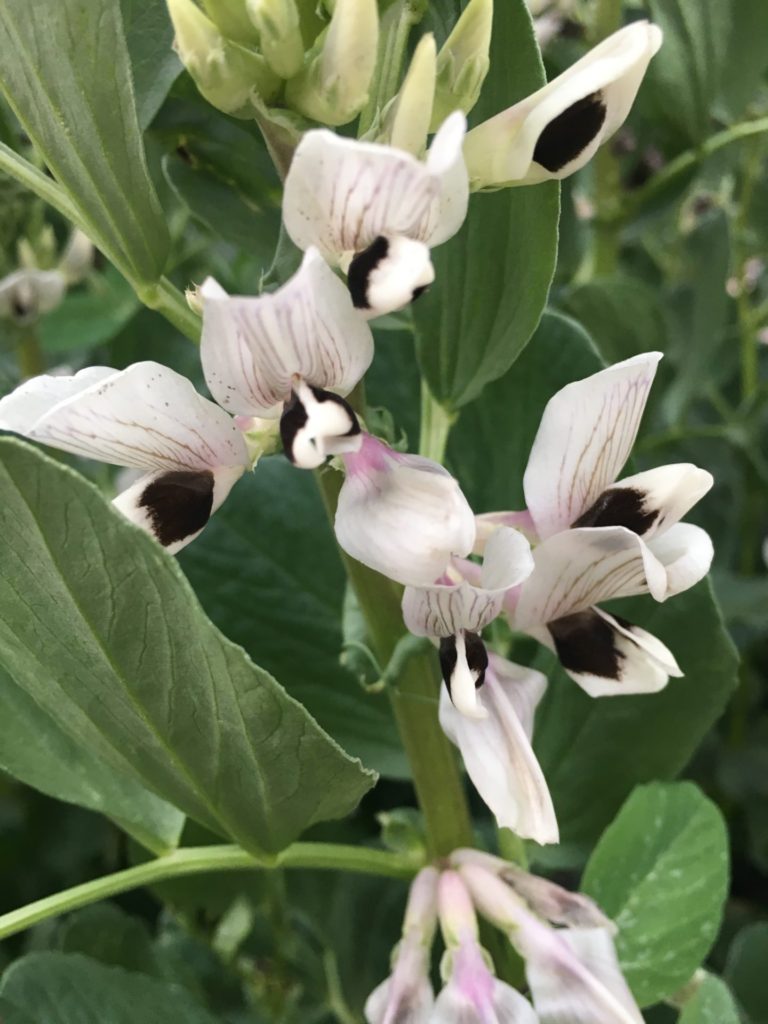
HOW TO GROW
- Do not plant in spring. Plant in October and November for best results.
- Soak seeds in water overnight.
- Before planting consider inoculating with a bean inoculant.
- Direct sow in well-draining soils prepared with compost and an organic source of phosphorous or Earths Original Organics magic Flower.
- Plants should be spaced at least one foot apart to allow for tillering. They can be grown in containers, raised beds or in-ground. 30 gallon containers or big bag beds work well for container growing.
- When planting, lay the seeds so that the flat side of the seeds make contact with the soil.
- Keep moist but do not overwater or the seeds will rot.
- Young germinating seeds can be protected from bird damage with tulle.
- Once the plants start to grow water deeply. As the winter turns into spring and the days get much warmer, they will need to very well watered often and deep. They do not like dry soils.
- During frosts, they will sustain some damage if not protected, but they will not be killed.
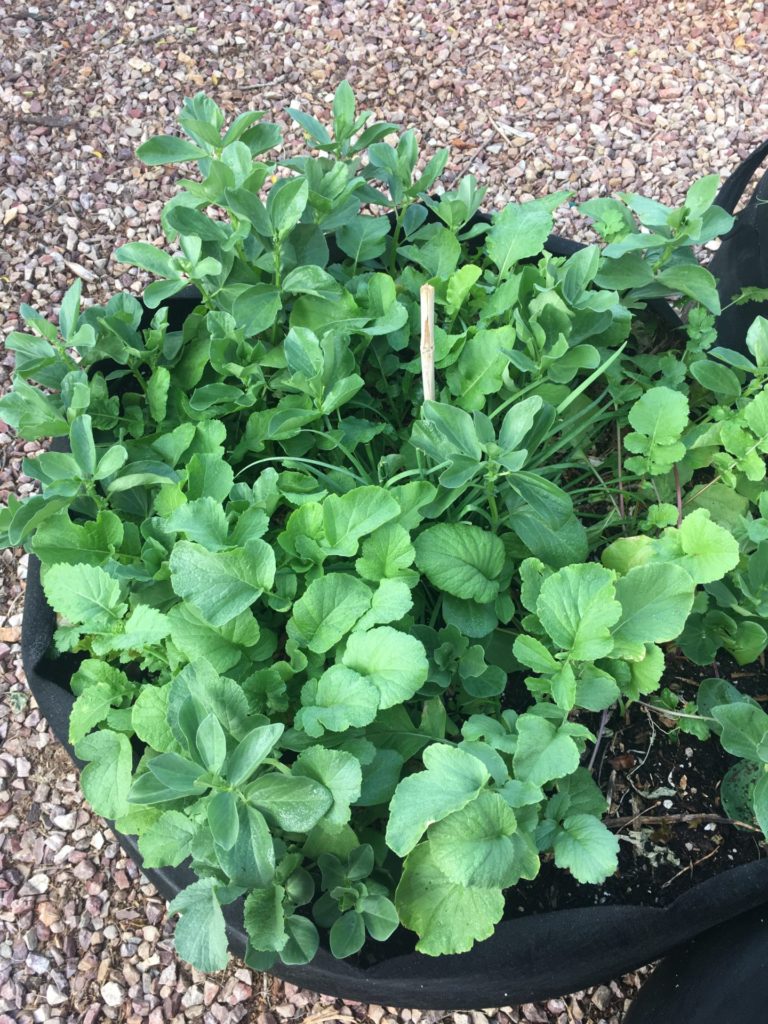
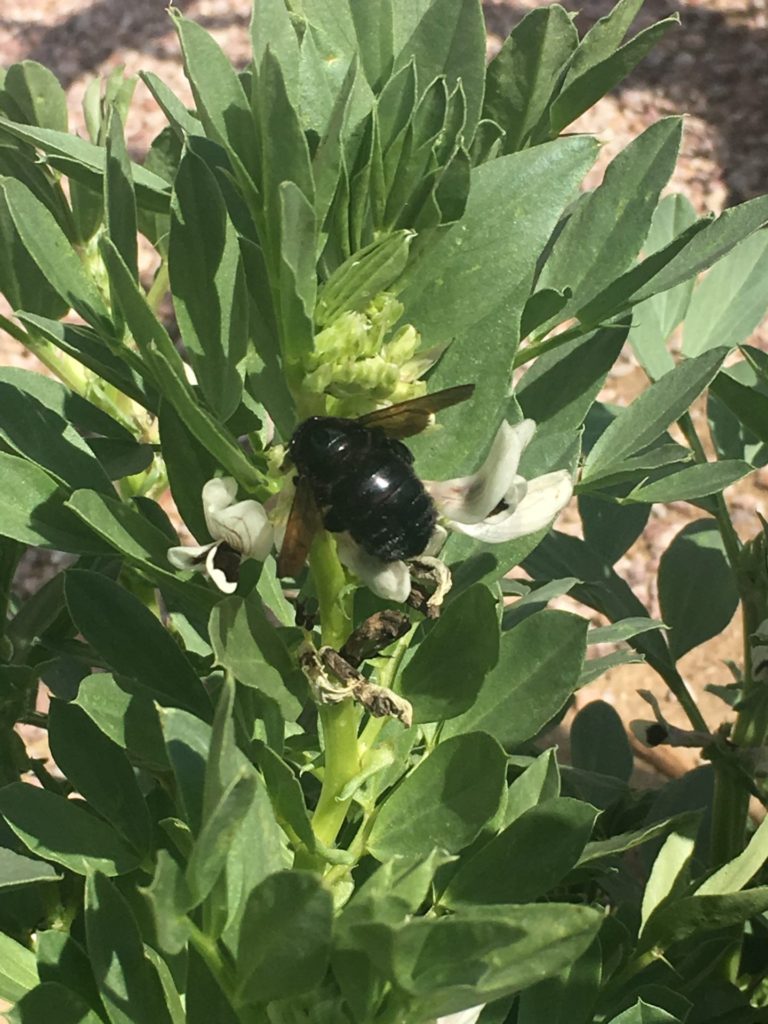
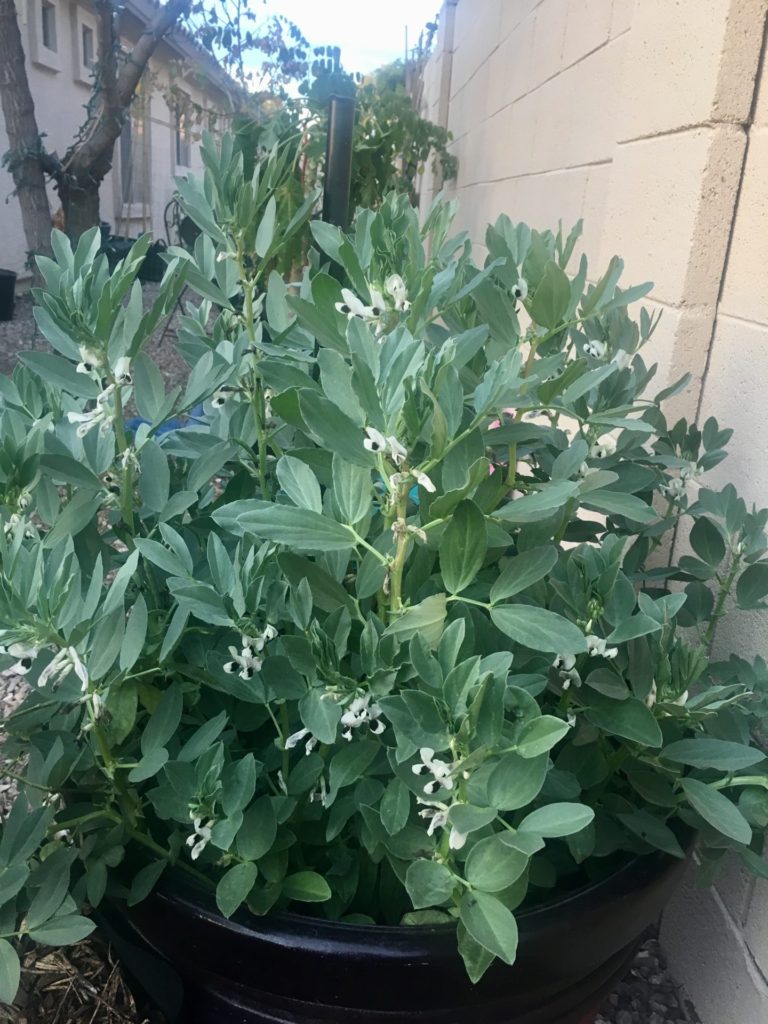
POSSIBLE ISSUES
Aphids
Aphids(black) may attack tender new growth on plants. Pinch off the new growth and watch closely.
Rust
If there is not enough airflow between plants and wet weather, leaves and stems may develop rust. Thin the plants by removing a few of the tillers. Treat the rust by spraying every 3 days with milk.
Flowering But Not Setting Pod
Encourage plants to set pods by removing the top growth and adding to food. If however, they were planted too later or did not get enough sun, the plants may be weak and thin stemmed and could not support podding.
COMPANIONS
- After the plants have emerged, radish makes a great companion. They will mature before the plants are tillering and get tall.
- In the early stages of growth arugula is also a good companion. Allowing to get more food from the space.
- Any flowers or herbs planted close by will be beneficial as well.
- As a bean, it is recommended that they are not planted with members of the allium family such as onions and garlic. However, I had some growing with a large clump of garlic chives and the chives did not seem to have any negative effect on the growth or production of the beans.
HARVESTING
- Tender leaves and flowers are edible. Add to omelets, stir-fries, and broths.
- The pods can be harvested when very young. At this stage, the beans will be small and tender and can be added to any application where one would use beans.
- Mature beans are picked when the pods are no longer getting larger but before they start drying.
- Beans can also bean left to dry on the plants and kept for future use in soup or seed saving for next year’s planting.
- Once the beans have all been picked, cut down the tops of the plants, do not remove the roots. The tops can be copped off and used as mulch, composted or tucked under mulch. The outer seeds coats when preparing should also be returned to the garden.
Preparation & Culinary Applications
- Mature beans need to be removed from the pod and then added to a pot of boiling water. They are boiled rapidly for 5 minutes then removed from the heat and cooled. The seed coat at the mature state is tough and inedible. After cooling, slip the beans out of the seed coat. Reboil for another 5-8 minutes until tender and nutty.
- They can now be added to salads. A combination of thinly shaved fennel, sweet halved cherry tomatoes, sliced onion, garlic, and chopped parsley works well. Drizzle with olive oil and a liberal squeeze of lemon, add some Maldon salt and fresh crushed black pepper.
- They are also excellent with garlic, chopped mint, lemon, good olive oil, and salt. Spoon on to toasted pieces of baguette, sprinkle with some freshly shredded parmesan and add another drizzle of olive oil.

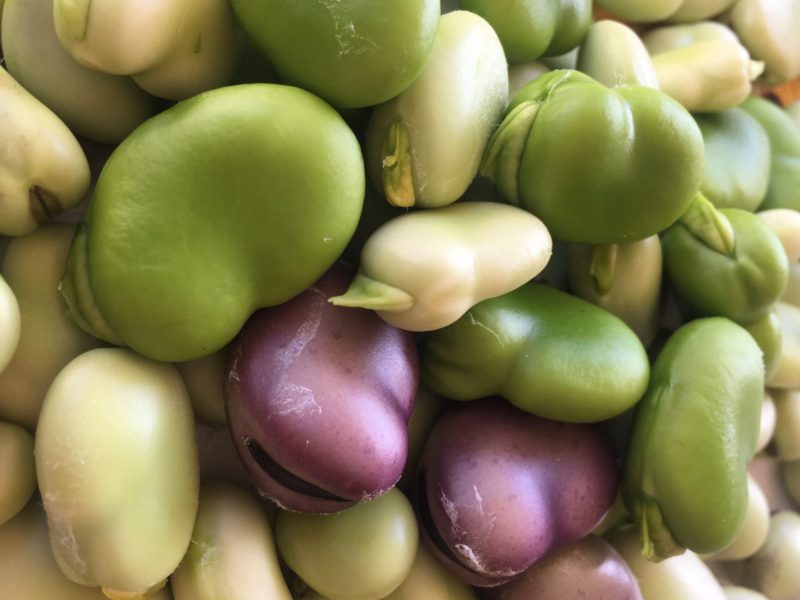
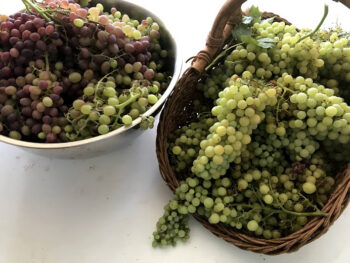
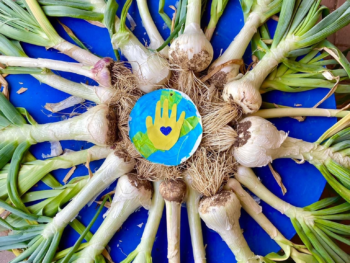
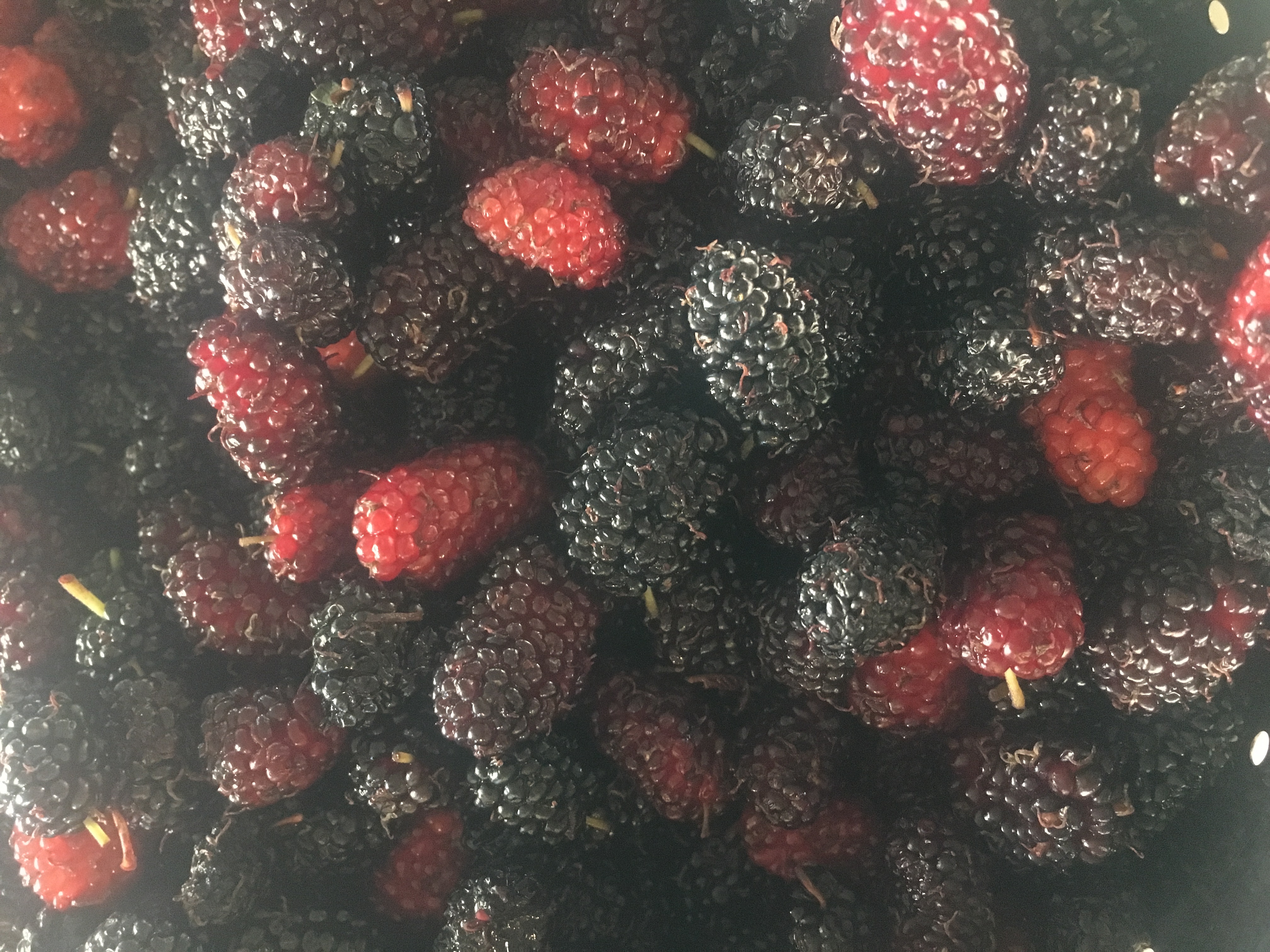
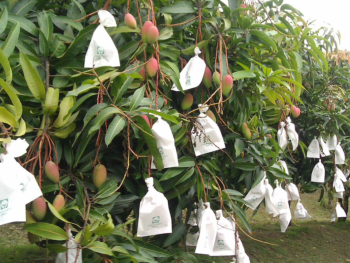
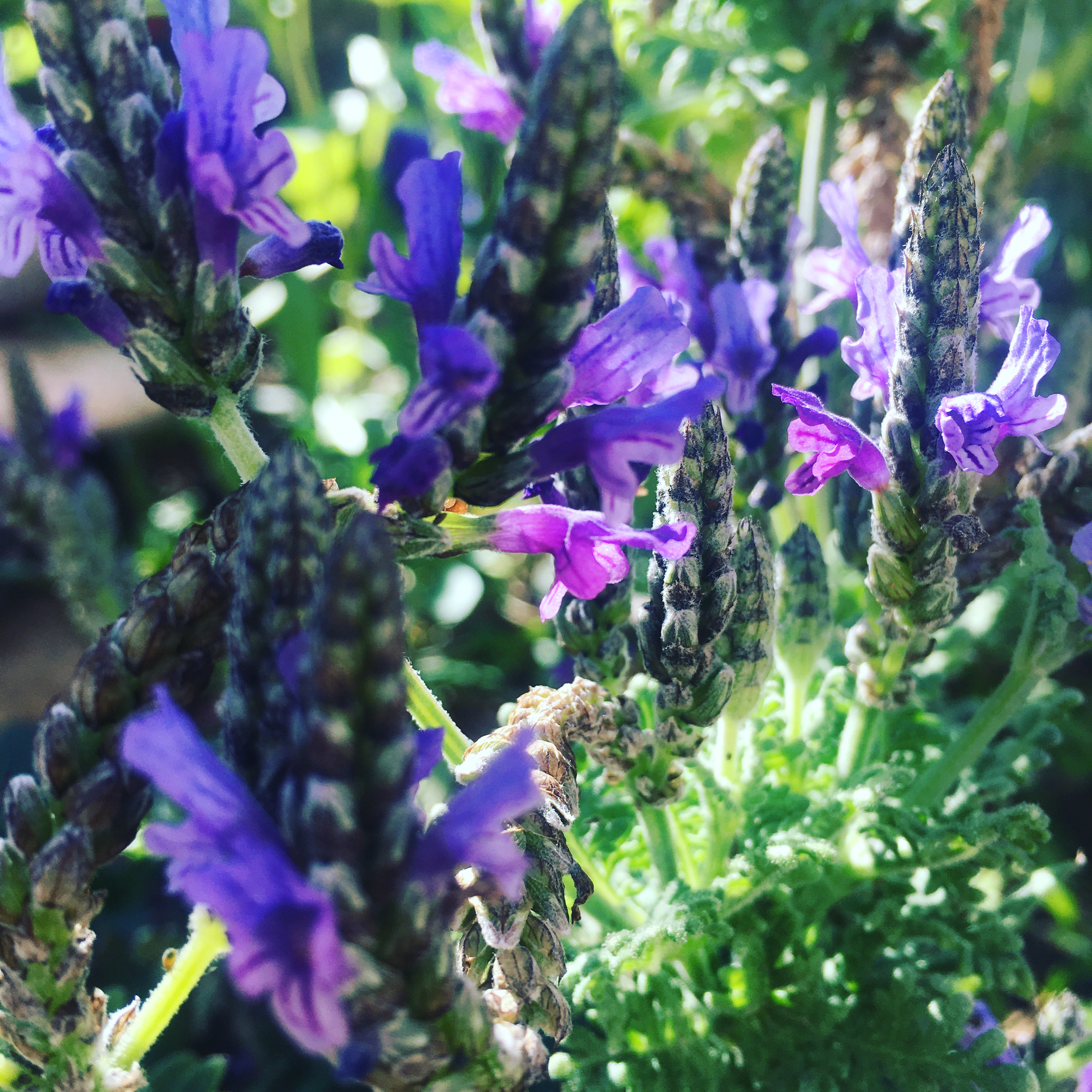
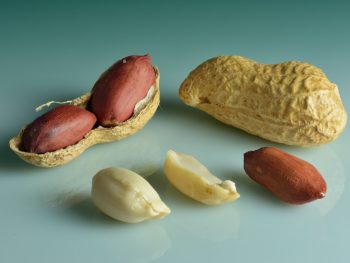
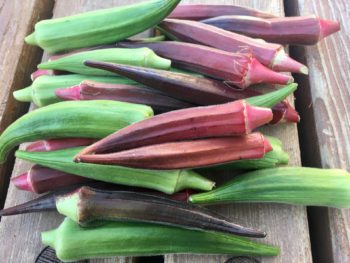
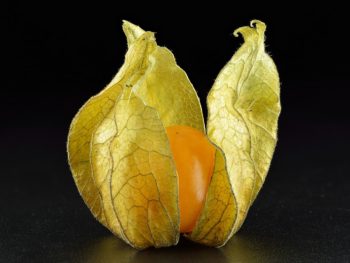
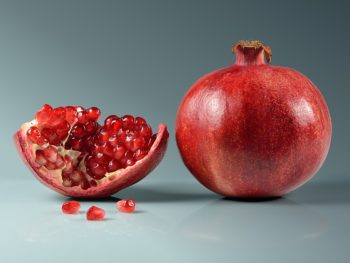
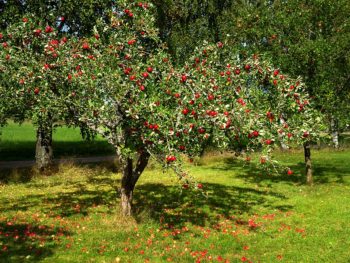
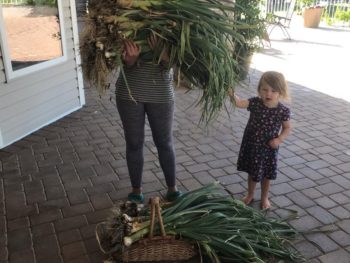
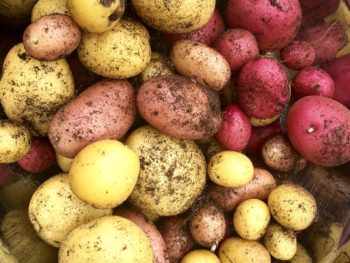
 Creating Winter Microclimates: Protecting Sensitive Trees and Plants this Winter
Creating Winter Microclimates: Protecting Sensitive Trees and Plants this Winter